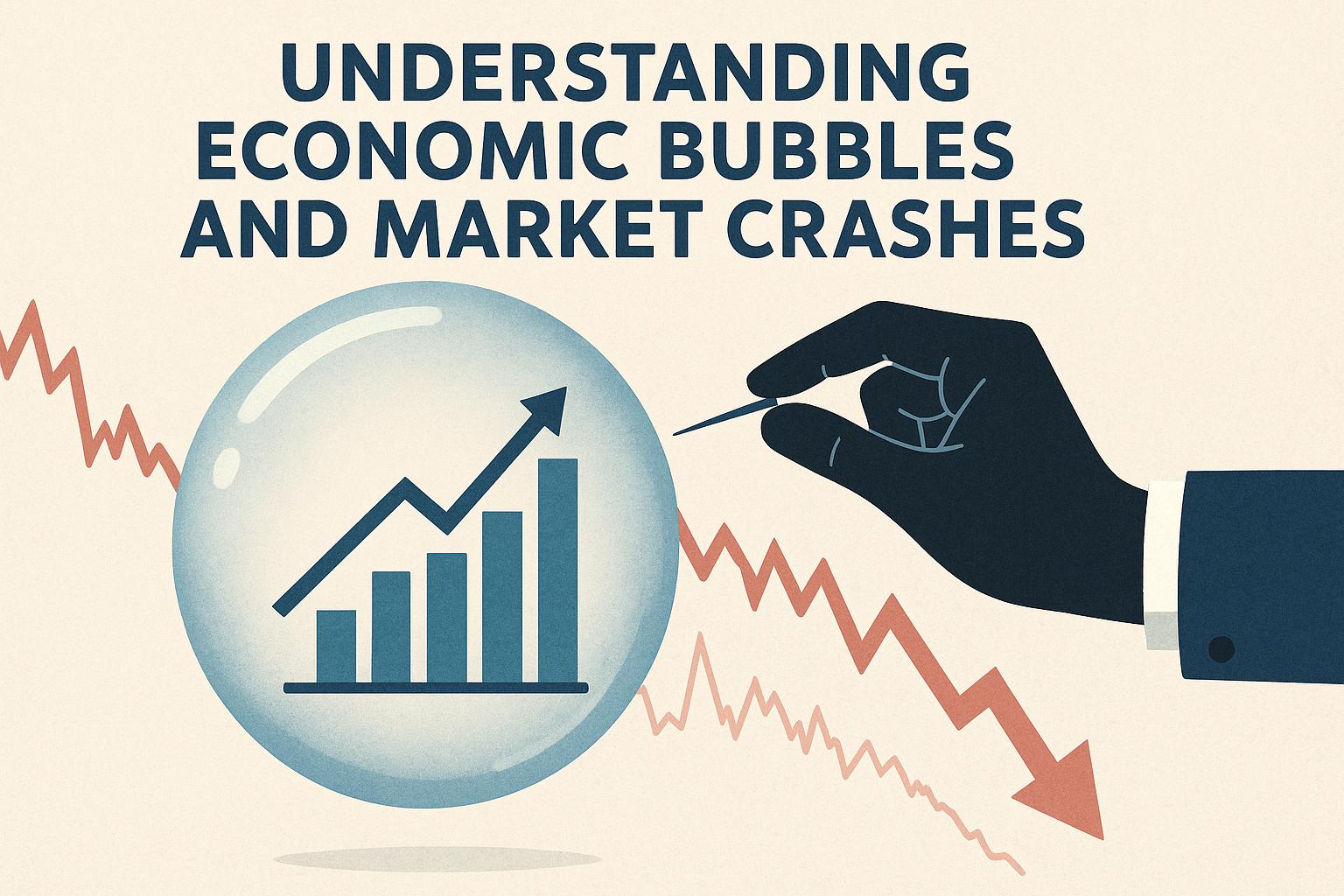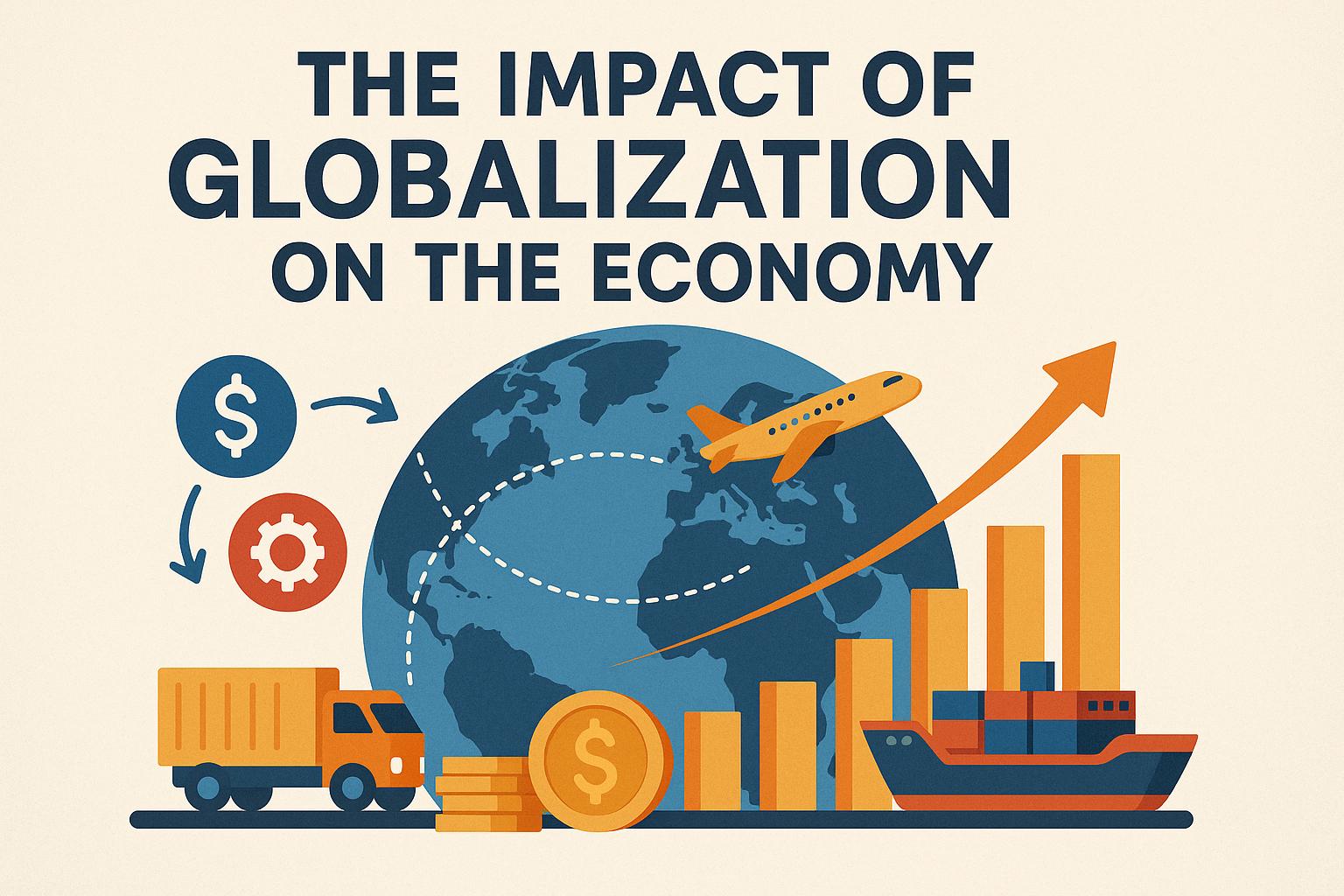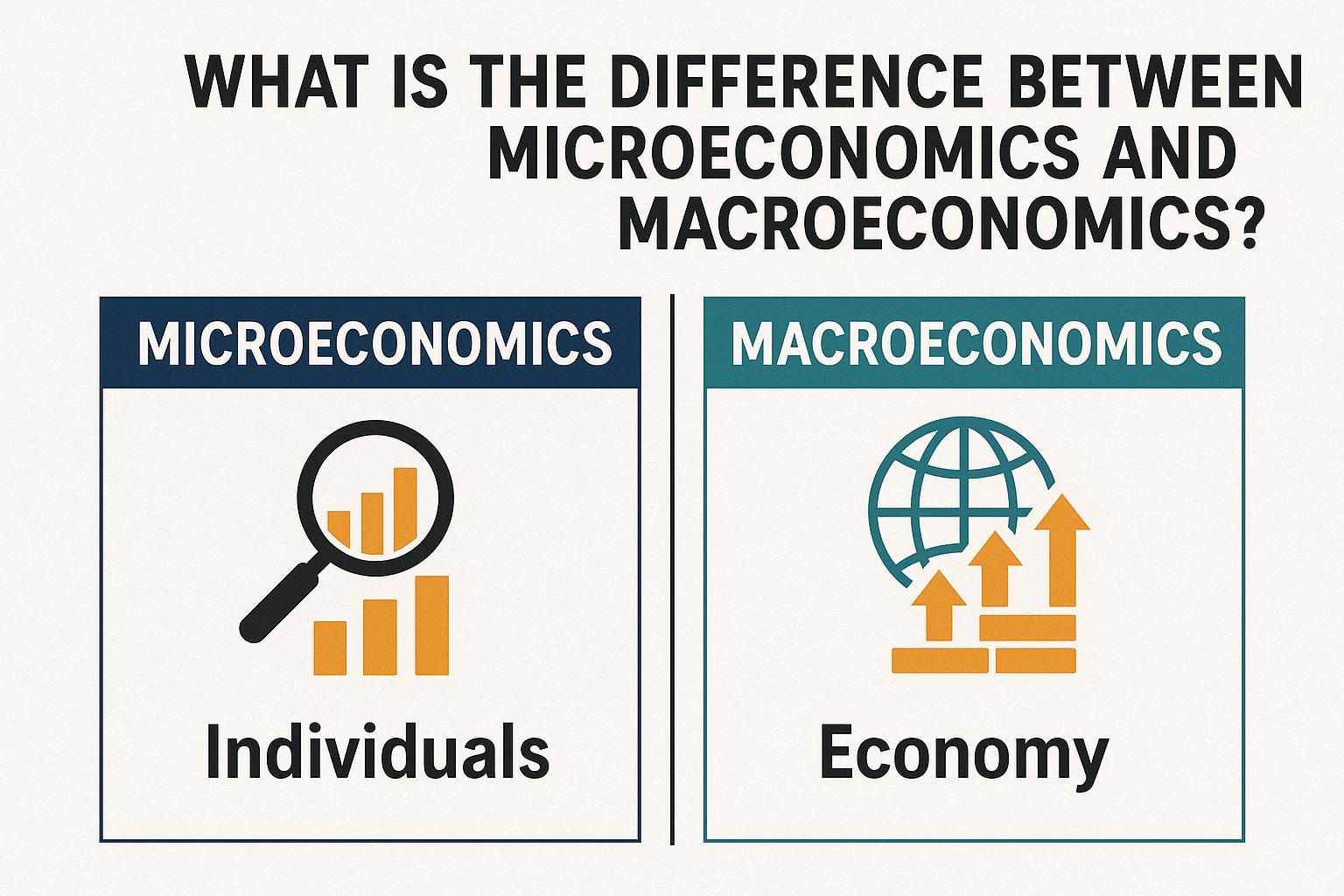Archives: Understanding Economic Bubbles and Market Crashes

Understanding Economic Bubbles
Economic bubbles are a fascinating phenomenon in financial markets, marked by the rapid escalation of asset values beyond their fundamental worth. These occurrences are often fueled by rising speculative demand. Typically, a bubble begins when investors believe that the recent upward trend in asset prices will continue indefinitely, encouraging further investment and driving prices even higher.
Historical Context
The phenomenon of economic bubbles is not a modern invention; rather, it dates back several centuries and spans various asset classes. From real estate to commodities and even stocks, bubbles have repeatedly formed and burst in different economic environments.
One of the earliest and most famous examples is the Dutch Tulip Mania of the 17th century. During this period, tulip bulbs became highly coveted, leading to skyrocketing prices that eventually collapsed. Speculators paid exorbitant sums for tulip bulbs, convinced that prices would keep climbing. When reality set in, the value of tulips plummeted, leaving many investors with significant losses.
In more recent history, the Dot-com Bubble of the late 1990s serves as a notable case study. Driven by speculative investment in technology and internet-based companies, asset prices soared far beyond their practical value. As the market adjusted and companies failed to deliver on their promises, the bubble burst, resulting in massive losses.
Phases of a Bubble
Economic bubbles typically progress through several recognizable phases:
Stealth Phase
During the stealth phase, a small group of discerning investors recognizes the potential in a particular asset. They begin accumulating shares or commodities, convinced of their long-term profitability and growth potential.
Awareness Phase
As price increases become noticeable, broader awareness builds. More investors are drawn to the asset, further raising demand and pushing prices even higher. The awareness phase often sees early adopters gaining substantial returns on their initial investments.
Mania Phase
The mania phase is characterized by widespread public interest, often fueled by media coverage. The general public, tempted by tales of easy profits, enters the market en masse. This leads to a frenzied buying spree, driving prices to exorbitant levels that are unsustainable.
Blow-off Phase
In the blow-off phase, the bubble reaches its peak. Prices become untenable, and demand begins to wane. As reality reasserts itself and speculative fervor subsides, prices plummet. The crash that follows can wipe out significant wealth and lead to broader economic repercussions.
Market Crashes
Market crashes are sudden, severe declines in the stock market’s value. These events can occur when bubbles burst, though they may also arise from other catalysts. Factors such as economic shocks, political instability, or shifts in investor sentiment can trigger sudden declines.
Key Characteristics
Market crashes share several defining characteristics, the most prominent being rapid sell-offs. As panic spreads through investor communities, seemingly small changes in market conditions can lead to massive sell pressures. Investors, eager to prevent further losses, rush to offload their assets, exacerbating the market’s downturn.
This panic can lead to significant economic consequences, rippling through businesses and impacting employment, production, and global markets. Crashes tend to highlight vulnerabilities in economic structures, leading to calls for reevaluation and reform in financial systems.
Examples of Market Crashes
Two significant market crashes illustrate the severe impact these events can have:
The Great Depression (1929)
The 1929 stock market crash marked the beginning of the Great Depression, a decade-long global economic downturn that was aggravated by excessive speculation and an over-reliance on volatile stocks. The subsequent economic hardship underscored the need for diversified investments and regulatory safeguards.
The Financial Crisis (2008)
Originating from the collapse of the United States housing market, the 2008 financial crisis was precipitated by high-risk mortgage lending and the failure of major financial institutions. As liquidity dried up and panic spread, global economies suffered, underscoring the interconnectedness of modern financial systems.
Prevention and Management
Complete avoidance of economic bubbles and market crashes is challenging, yet their impact can be softened through strategic management and preventative measures. Regulatory oversight must be strengthened to detect and mitigate speculative excesses. Implementing prudent financial practices, such as maintaining diverse investment portfolios and adequate liquidity, is crucial.
Stress testing financial institutions can reveal vulnerabilities, allowing for corrective action before a crisis escalates. Furthermore, informed decision-making by investors, backed by thorough analysis and skepticism of unsustainable trends, can provide a degree of protection against bubble formations and market crashes.
Financial literacy, awareness, and proactive risk management are vital in minimizing the adverse effects of economic cycles. By promoting these principles, economies can enhance their resilience against future financial upheavals.
Understanding economic phenomena like bubbles and market crashes requires a comprehensive approach, integrating historical lessons with modern financial tools. For those interested in a deeper exploration of economic theories and market dynamics, resources in finance and economics offer invaluable insights.
Archives: The Impact of Globalization on the Economy

The Impact of Globalization on the Economy
Globalization, a multifaceted phenomenon, has woven economies around the world into an interconnected web. This interconnectedness has brought both opportunities and challenges, fundamentally reshaping economic landscapes. To understand the full scope of globalization’s impact, it is essential to explore its various dimensions, such as trade, investment, labor markets, and technology.
Trade and Economic Growth
One of the most significant effects of globalization is the increase in international trade. By reducing trade barriers and facilitating the exchange of goods and services, globalization has contributed to substantial economic growth. Nations can specialize in producing goods where they have a comparative advantage, leading to enhanced efficiency and productivity. According to the World Bank, global trade has expanded significantly over the past decades, driving economic growth and lifting millions out of poverty.
While the expansion of trade has been crucial for economic development, it is not without challenges. Increased competition has put pressure on domestic industries, which sometimes results in job losses and economic disparity. Local enterprises often find it challenging to compete with foreign entities that may have access to cheaper resources and labor. Though consumers benefit from a diverse array of goods and services at lower prices, this comes at a cost for domestic producers who must innovate or risk being outpaced by imported products. This dynamic prompts a restructuring of entire industries and can lead to significant shifts in economic power within countries.
Additionally, the global supply chain has emerged as a critical element of international trade. It enables companies to source components from various countries, optimizing cost and efficiency. However, this complexity also introduces vulnerabilities. Disruptions in one part of the world can ripple through the global supply chain, affecting production timelines and economic stability across regions. The COVID-19 pandemic exemplified these vulnerabilities, where production stoppages and logistical hurdles markedly disrupted global trade flows.
Foreign Direct Investment
Globalization has facilitated foreign direct investment (FDI), where multinational corporations invest in businesses and operations overseas. This influx of capital can lead to economic development and job creation in host countries. For instance, FDI often brings new technologies, expertise, and infrastructure improvements. Such investments may lead to the modernization of industries, giving local economies a significant boost in terms of employment and technological competency.
The influx of FDI also plays a crucial role in balancing economic disparities between developed and developing nations. By channeling resources into projects that might otherwise lack funding, FDI can accelerate growth in regions that need it most. Developing countries often see this as an opportunity to integrate into the global economic system, aspiring to raise their standards of living.
Nevertheless, reliance on FDI can also render economies vulnerable to external economic shocks. Sudden withdrawal of foreign investments can destabilize local markets, leading to economic downturns and increased volatility. Countries that become heavily dependent on FDI often face challenges when foreign companies decide to relocate due to better opportunities elsewhere, changes in economic policies, or instability. Therefore, balancing foreign investment with sustainable local economic practices is crucial to avoid over-dependence on external capital and ensure that the benefits of FDI lead to long-term developmental gains.
The Labor Market and Employment
Globalization has transformed labor markets worldwide. The increased mobility of labor and the outsourcing of jobs to countries with lower labor costs have dramatically altered employment patterns. This shift has provided opportunities for emerging economies, enabling them to participate more actively in the global market. Many developing countries have seen significant employment growth in sectors such as manufacturing, where they have a comparative advantage.
Conversely, in developed nations, the outsourcing trend has contributed to wage stagnation and job insecurity, particularly in sectors that rely on semi-skilled labor. This has resulted in a workforce paradigm where jobs requiring lower skills are outsourced, while there is simultaneously an increased demand for highly skilled labor. The subsequent wage disparity emphasizes the importance of education and training systems capable of equipping workers with the skills necessary to thrive in a competitive global marketplace.
Governments face the ongoing challenge of aligning their labor force’s skills with the demands of a rapidly evolving economic landscape. Initiatives aimed at enhancing education and fostering vocational training have become imperative. Such programs not only support economic growth but also help mitigate the negative effects of job displacement and wage inequality. Addressing these issues is critical to ensuring that the benefits of globalization are evenly distributed across all segments of society.
Technological Advancements
Technological innovation serves both as a driver and a beneficiary of globalization. Advances in communication and transportation technologies have enabled businesses to operate and manage supply chains on a global scale efficiently. These advancements foster greater productivity and economic integration, facilitating a rapid exchange of ideas and innovation. The internet, for example, has drastically increased the speed and reach with which information is disseminated, shortening timeframes and reducing costs for businesses worldwide.
However, rapid technological change can also cause economic dislocation, as certain jobs are increasingly automated or made obsolete by artificial intelligence and other technological advancements. This shift necessitates a reevaluation of workforce planning and policies to address these disruptions. It is vital for policymakers to anticipate these changes and implement strategies that support worker retraining and adaptation, ensuring that technological growth translates into economic opportunities rather than widespread displacement.
Moreover, technology has had a profound impact on how economies grow. It has allowed businesses to tap into global markets, reaching customers and suppliers worldwide. This capability is transforming traditional economic industries and giving rise to entirely new sectors, such as the digital and gig economies. As these sectors continue to expand, they will play a pivotal role in shaping future economic policies and practices.
Conclusion
In summary, globalization has significantly impacted the global economy, fostering growth and prosperity while also presenting challenges. The benefits include increased trade, investment opportunities, and technological advancements. However, these come with complications like job dislocation, economic dependency, and inequality. Understanding these dimensions allows policymakers to harness the positive aspects of globalization while mitigating its adverse effects, ensuring an inclusive and sustainable economic future.
Building comprehensive policies that address the complexities of globalization is essential to maximizing its benefits and minimizing drawbacks. Reinforced by supportive legal frameworks and international cooperation, nations can craft strategies that promote equitable growth, encourage innovation, and safeguard against vulnerabilities. Sustainable economic practices, guided by thorough analysis and forward-thinking, will be central to navigating the interconnected future of the global economy.
Archives: What is the Difference Between Microeconomics and Macroeconomics?

Understanding Microeconomics and Macroeconomics
In the field of economics, there are two primary branches that help us analyze economic activities at different scales: microeconomics and macroeconomics. Both branches are crucial for understanding how economies function, but they focus on different aspects of economic activity.
Microeconomics: The Study of Individual Agents
Microeconomics is concerned with the behaviors and decisions of individual economic units. This includes consumers, businesses, and industries. By analyzing these entities, microeconomics seeks to understand how they respond to changes in market conditions, such as changes in prices or resource availability.
The primary focus areas of microeconomics include:
Consumer Behavior: Microeconomics delves into how individuals make purchasing decisions based on their preferences and budget constraints. Consumers aim to maximize their utility, which is the satisfaction derived from consuming goods and services. The study of consumer behavior often involves understanding the law of demand, which outlines the inverse relationship between price and quantity demanded, and how consumer preferences and income levels shape choices.
Firm Production and Costs: Microeconomic theory examines how firms determine their production levels and set product prices. This involves the study of production functions, which show the relationship between inputs, like labor and capital, and outputs. Costs are analyzed through concepts like fixed and variable costs, which influence firms’ pricing strategies and profit maximization. The intersection of supply and demand curves is a fundamental concept in determining market equilibrium prices and quantities.
Market Structures: Microeconomics explores various market structures, including perfect competition, monopoly, and oligopoly. Each structure impacts pricing and availability differently. In perfect competition, many small firms sell identical products, leading to minimal control over prices. In contrast, a monopoly exists when a single company dominates a market, enabling price setting above competitive levels. Oligopoly markets have a few firms influencing each other’s decisions, often resulting in strategic pricing and production choices.
Microeconomic analysis often involves examining a single market or sector, providing insights into the dynamics of supply and demand, price elasticity, and resource allocation. The study of elasticity helps economists understand the responsiveness of quantity demanded or supplied to changes in price or other factors, which is critical for businesses and policymakers.
Macroeconomics: The Study of the Economy as a Whole
Contrasting microeconomics, macroeconomics looks at the economy on a larger scale. It involves analyzing aggregate economic indicators and examining the overall economic environment within a country or globally.
Key areas of macroeconomic analysis include:
National Production and Income: Macroeconomics assesses the total economic output of a nation through metrics like Gross Domestic Product (GDP). GDP measures the value of all finished goods and services produced within a country’s borders in a specific time period. It is a primary indicator of a country’s economic health, providing insights into the size and efficiency of an economy.
Inflation and Deflation: This area involves analyzing changes in the price level across the economy and their impacts on purchasing power and business planning. Inflation signifies a general increase in prices, reducing the purchasing power of money, while deflation denotes a decrease in prices. Monitoring inflation rates is crucial for economic stability, as high inflation erodes incomes and savings, while deflation can lead to reduced consumer spending and economic contraction.
Unemployment Rates: Macroeconomics evaluates joblessness within the economy to determine economic health and the effectiveness of labor policies. Different types of unemployment, such as cyclical, structural, and frictional, are studied to design policies that could help achieve full employment. The unemployment rate is a key indicator of economic health, reflecting the percentage of the labor force that is actively seeking employment but cannot find work.
Fiscal and Monetary Policies: These policies are pivotal in steering the economy’s direction and stability. Fiscal policy involves government decisions on taxing and spending to influence the economic activity, while monetary policy, often managed by central banks, involves regulating the money supply and interest rates. During economic downturns, expansionary fiscal and monetary policies are commonly employed to stimulate growth, whereas contractionary policies might be applied to curb inflation.
Macroeconomics provides a broad overview of economic activity and helps policymakers design strategies for economic growth, stability, and development. By understanding these aggregate factors, economists and policymakers can make informed decisions that affect a country’s or region’s economic performance and well-being.
Interconnections Between Micro and Macro
Though distinct, microeconomics and macroeconomics are interrelated. Changes in the macroeconomic environment, like a shift in fiscal policy, might affect microeconomic decisions, such as a firm’s investment strategies. For example, an increase in interest rates might lead businesses to invest less due to higher borrowing costs, impacting production levels and employment.
Similarly, the collective behaviors and decisions of individual consumers and firms can influence macroeconomic trends. Aggregate demand is the total demand for goods and services within an economy, influenced by consumer spending, business investments, government expenditure, and net exports. Individual consumer decisions, therefore, contribute to overall economic conditions like inflation and employment rates.
Moreover, microeconomic policies focusing on specific industries can have broader implications for macroeconomic outcomes. For instance, targeted subsidies or tax incentives for renewable energy can lead to technological advancements and shifts in labor markets, influencing the national or global economy.
Conclusion
Understanding both microeconomic and macroeconomic perspectives is essential for a comprehensive understanding of economic issues. While microeconomics focuses on the trees, macroeconomics examines the forest. Analyzing both aspects provides valuable insights for individuals, businesses, and governments alike in their decision-making processes.
For individuals, understanding microeconomic concepts like personal budgeting and consumption choices can lead to better financial planning. Businesses, on their part, benefit from microeconomic insights that guide production efficiency, market positioning, and competitive strategies. On a broader scale, macroeconomic analysis helps businesses anticipate trends and plan for future growth, considering factors like interest rates and economic cycles.
Governments and policymakers rely on macroeconomic analysis to design effective policies that promote economic stability, growth, and equitable distribution of resources. By studying both micro and macroeconomic principles, those responsible for fiscal and monetary policies can craft strategies aimed at sustaining economic progress and improving the quality of life for their citizens.
In sum, a comprehensive approach that incorporates both microeconomic and macroeconomic analysis offers a well-rounded perspective on economic phenomena, enhancing our understanding of the complex and interdependent world of economics.
Categories
- Uncategorized
 (31)
(31)

